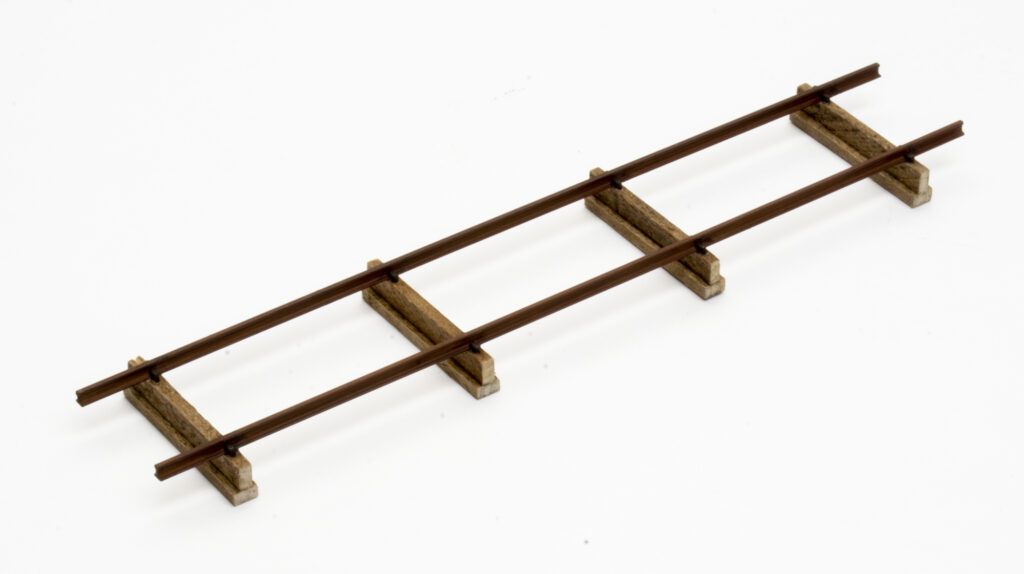
Sometimes a discussion about prototype railroading can lead to a modeling project. A few years back I was talking with my longtime friend William Phalen in Crookston, Minn. During our conversation, I mentioned seeing a photo of a pile of grain doors by the Crookston Farmers Co-op Elevator. He said the doors were stored on […]
Read More…
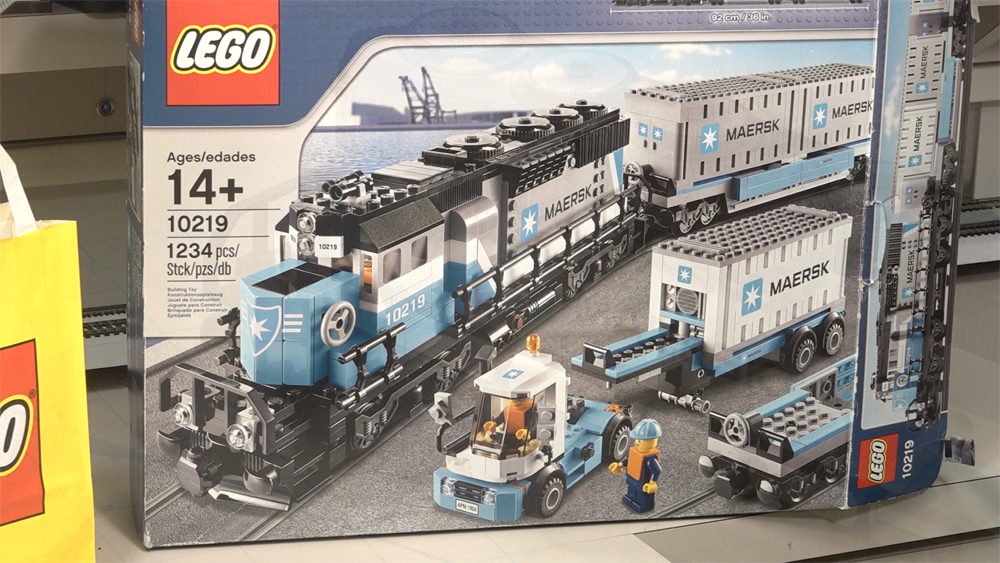
I love Lego, and I love trains. When I first saw the SoundTraxx Blunami decoder being demonstrated inside a Lego locomotive at Trainfest, I knew that I had to install my own decoder in a Lego locomotive. What you’ll need Obviously, you will need a locomotive. Trains.com producer Ben Lake donated his Lego Creator No. […]
Read More…
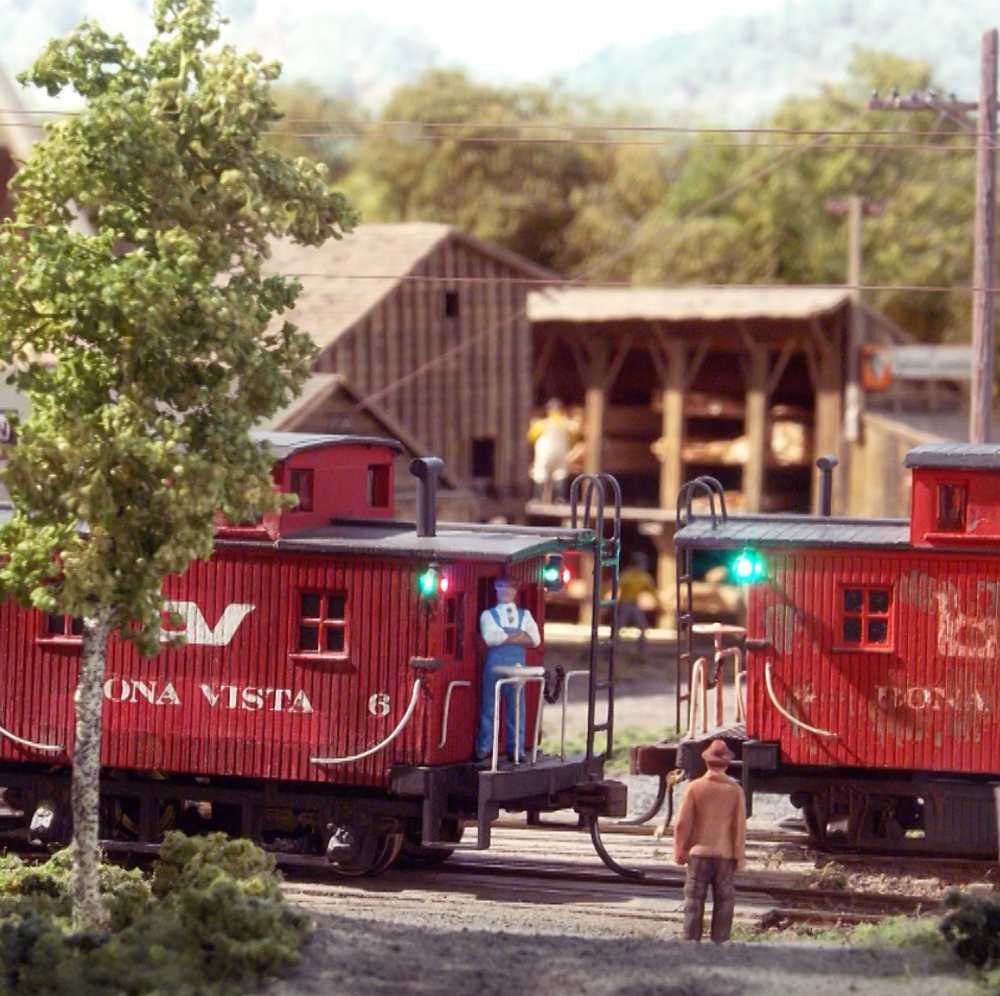
Model railroad layout photography tips: Taking great shots of your layout has never been easier. Digital single lens reflex cameras or even the camera in your cell phone take a lot of the guesswork out of photography, if you know what you’re doing. This article will focus on the basics of photography, so that you […]
Read More…
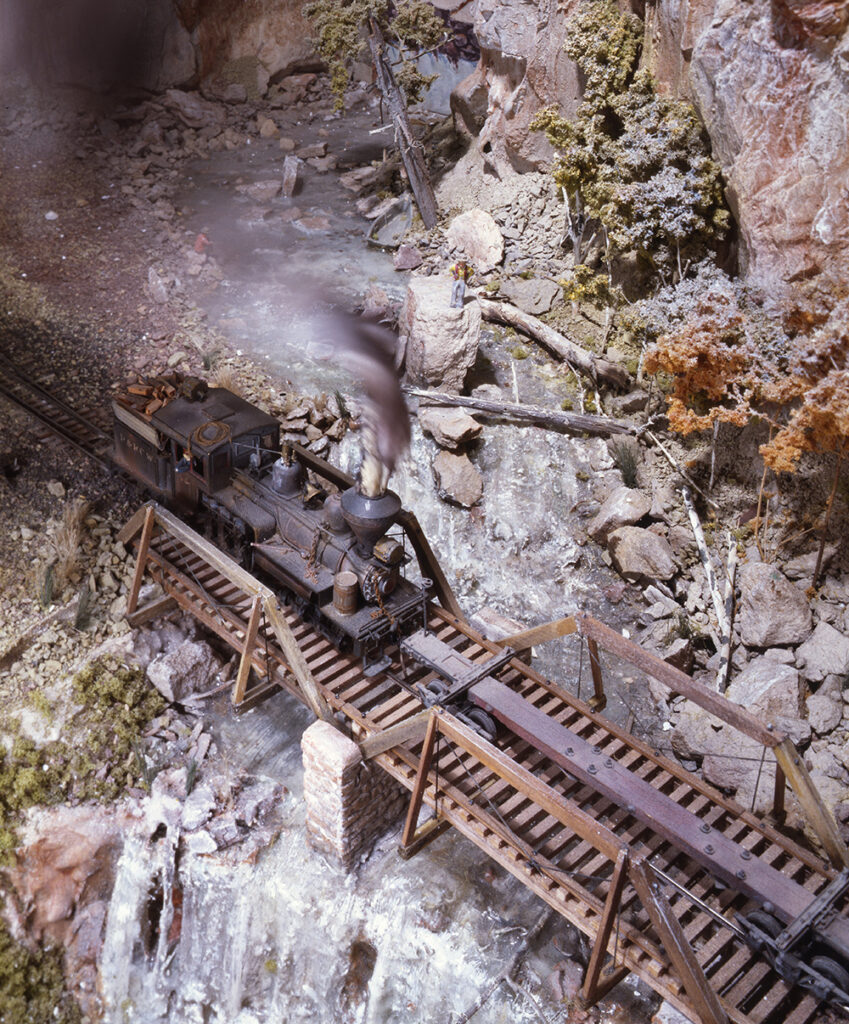
Malcolm Furlow’s waterfall modeling technique: Malcolm Furlow’s article presented here originally ran in the August 1980 issue of Model Railroader magazine. While many of the brands Malcolm used in the article are no longer available, most all the products have modern substitutes, allowing a modeler to still complete similar projects. As a case in point, […]
Read More…

You can use old transformers with modern O and S gauge locomotives and keep the former from gathering dust under the bed. Many of us still have A.C. power packs from Lionel, American Flyer, and other manufacturers. They are still viable for good reason: durability and plenty of wattage. In addition to supplying juice to […]
Read More…
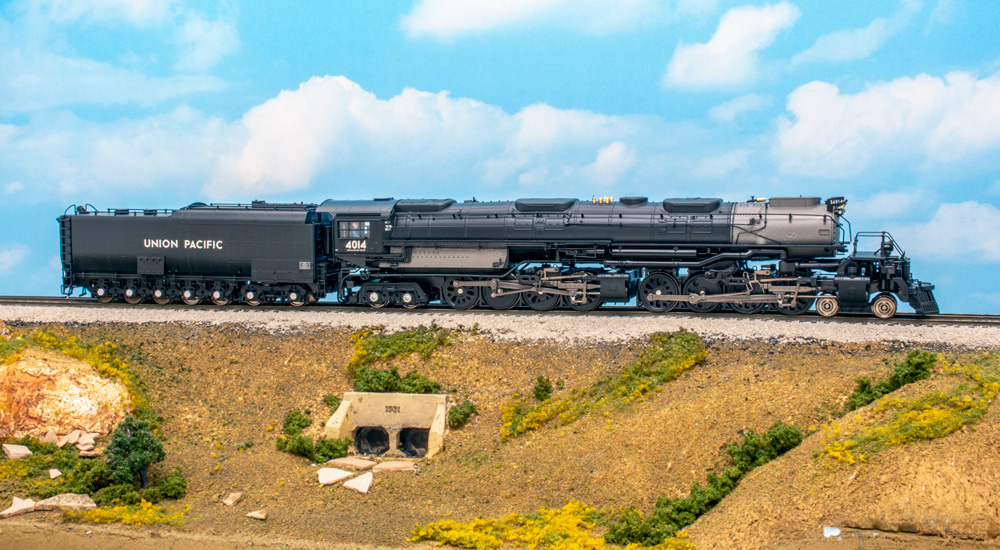
If you’ve ever tried to run a big locomotive around a small radius curve of track, you probably realized that the minimum recommended track radius is still too small for a lot of rolling stock. Long-wheelbase steam locomotives, in particular, have trouble staying on the rails when the curve is too sharp. Model railroad manufacturers […]
Read More…
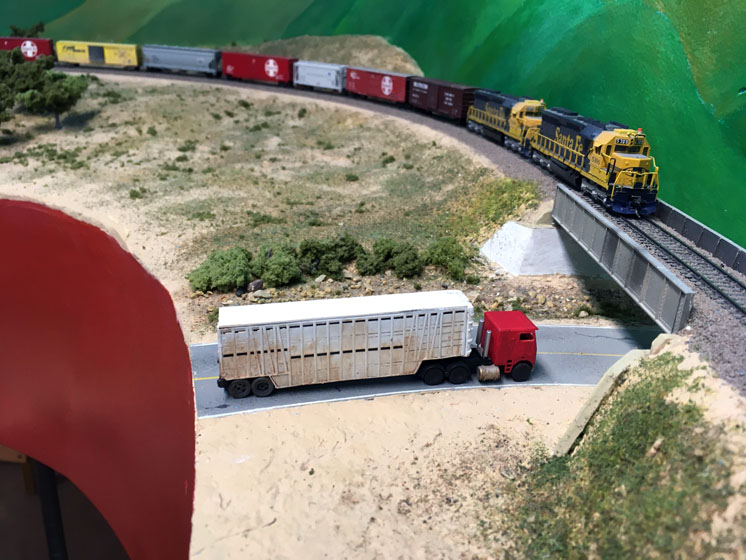
A signature N scale truck for Tehachapi: This photo of a cattle truck at Caliente, Calif., existed in my mind for perhaps 10 years before it finally came to fruition, and it was spurred by buying a Road Apples N scale stock trailer kit. The kit had two things going for it. First, I thought […]
Read More…
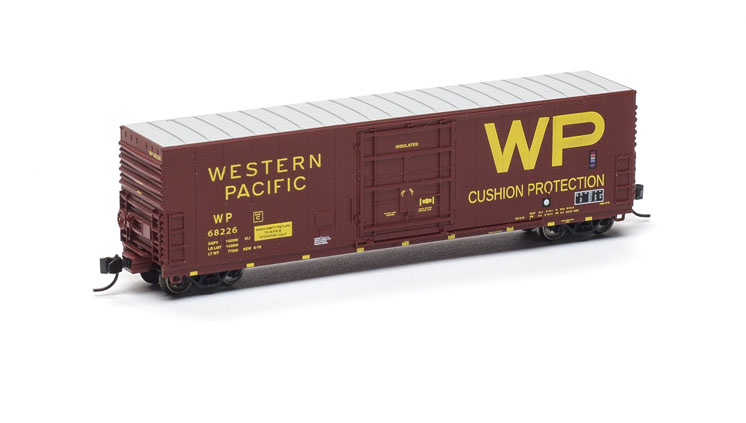
N scale by the numbers: Scale model railroading couldn’t exist without numbers, some that are very important and some that are not important at all, but fun to play around with. This article is for those who model in N scale, so let’s look at N scale numbers, starting with the two most critical, 9mm […]
Read More…
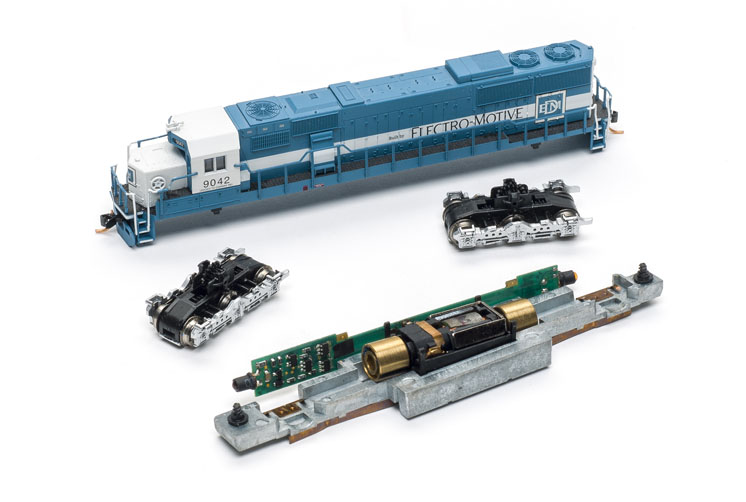
Improving N scale engine performance: One of the most puzzling N scale locomotive performance problems I’ve encountered came with the two Atlas Electro-Motive Division (EMD) SD60s I purchased in 2014. The prototype locomotives were lease units from Oakway (an EMD subsidiary), and they were painted in the gorgeous blue-and-white scheme EMD had used for years […]
Read More…
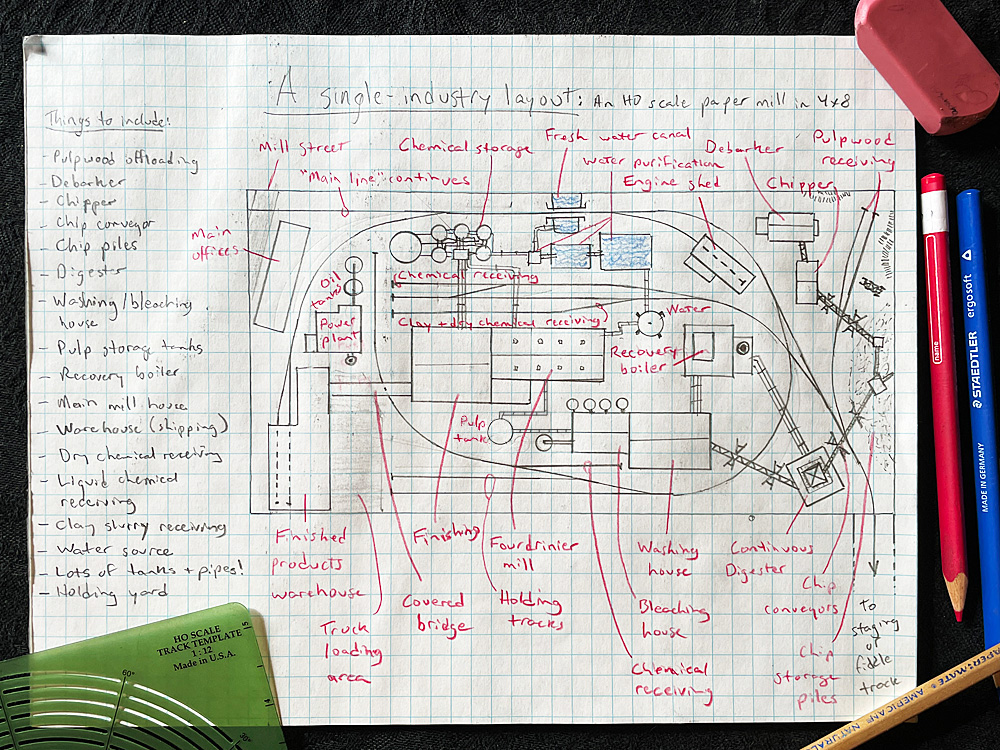
Modelers often compress industries to fit more of them on our model railroads. But doing the opposite – expanding a modeled industry to prototypical proportions – can create an intensely realistic operating experience that can’t be matched. Let’s explore that idea with a 4×8 HO scale paper mill layout. Some industries are just too large and […]
Read More…
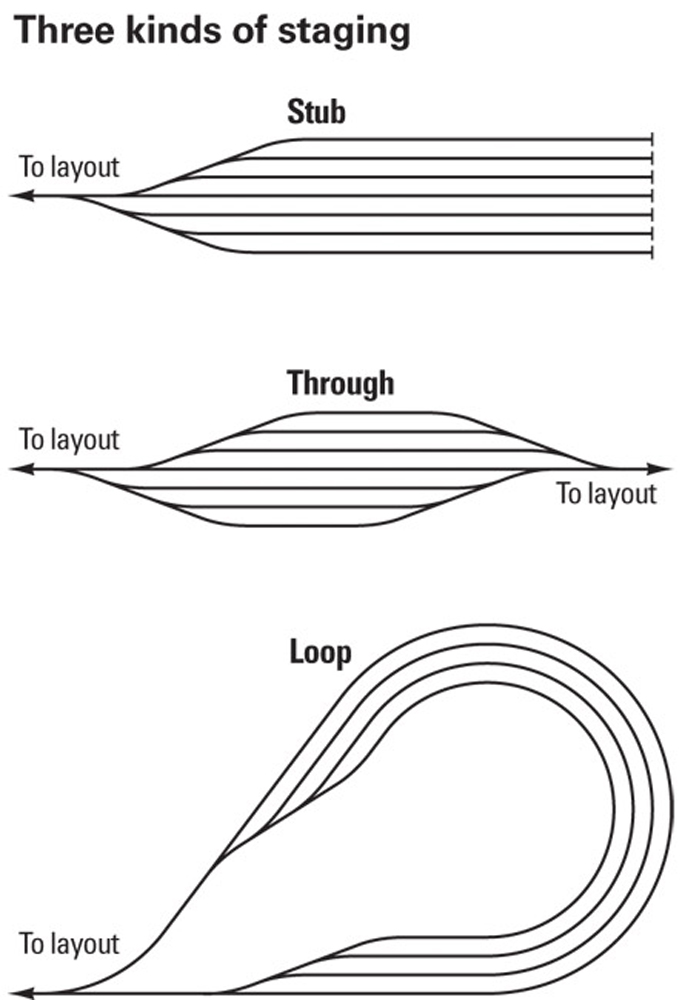
Three types of staging yards: Staging serves the role of representing a model railroad’s connections to the rest of the world. Different kinds of staging, though, perform differently. Using staging yards to represent “beyond the layout” connections is widely accepted among model railroad operators. There’s no better way to foster the illusion that a model […]
Read More…
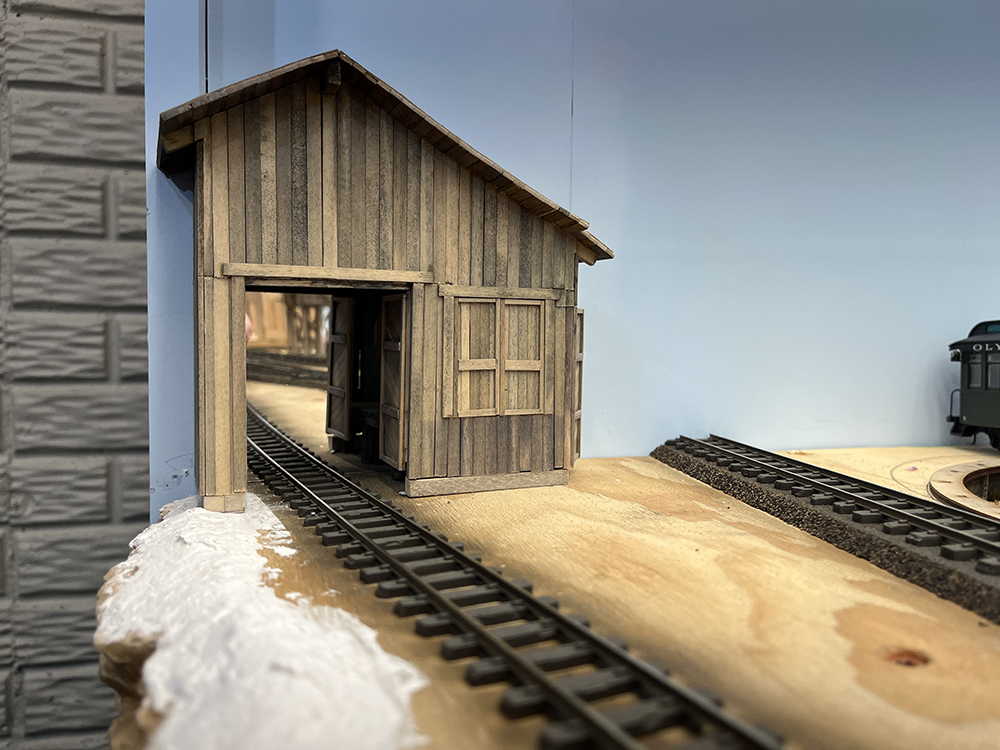
Add depth to structures using mirrors: In working on the addition to my On30 Olympia & Sand Creek layout, I’d decided to add a building flat at one end to represent a warehouse. The flat is about 3” deep and angles away from the viewer slightly so it can sit 90-degrees to the track that […]
Read More…












